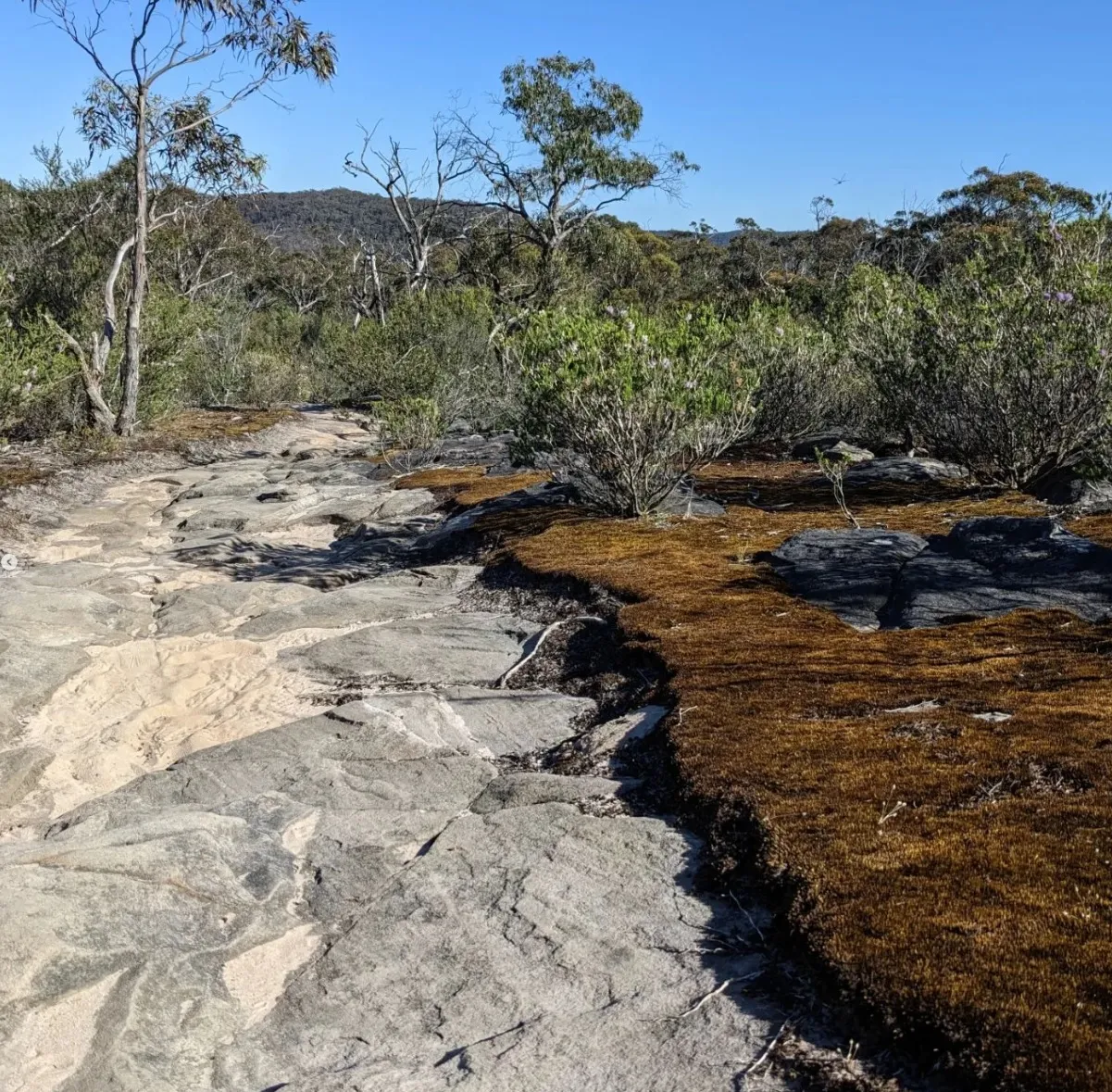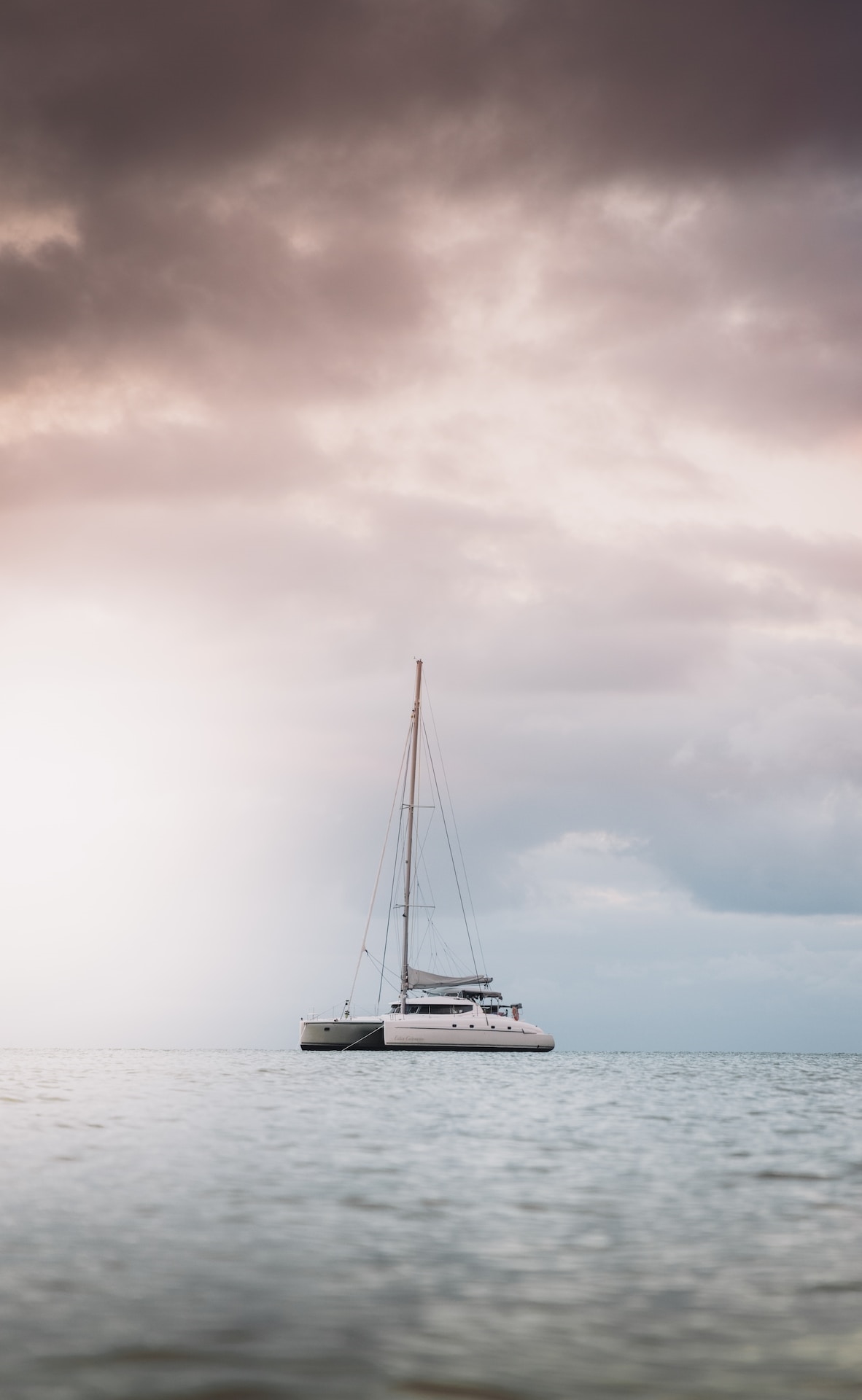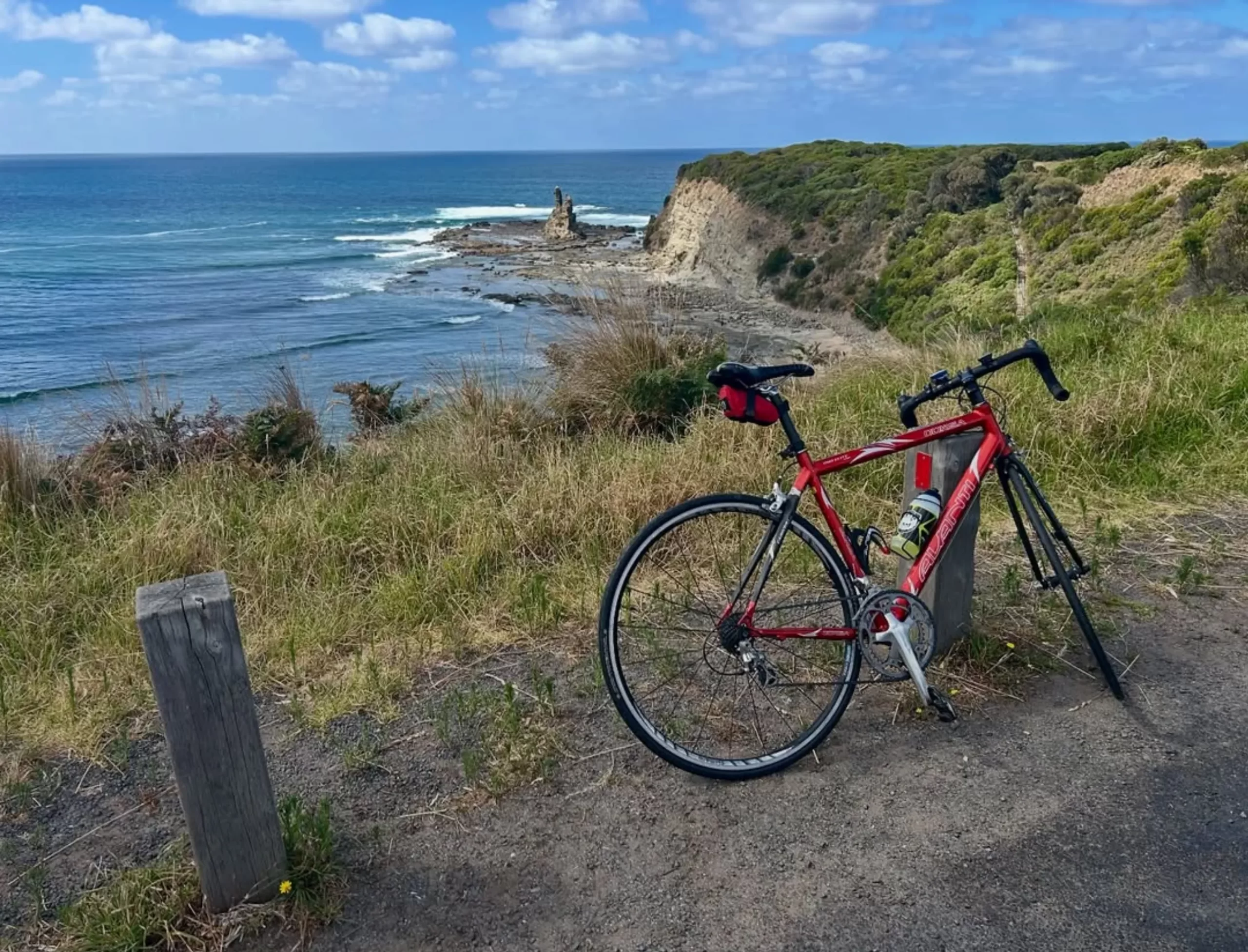The Grampians National Park is famous for its dramatic landscapes, ancient rock formations and hidden caves that will thrill adventure seekers and nature lovers. From the rugged Mount Zero to the stunning Mount Rosea, this natural wonderland has plenty of opportunities to get out and about including walking trails, rock climbing and views of the Wimmera Plains and Victoria Range.
Hollow Mountain
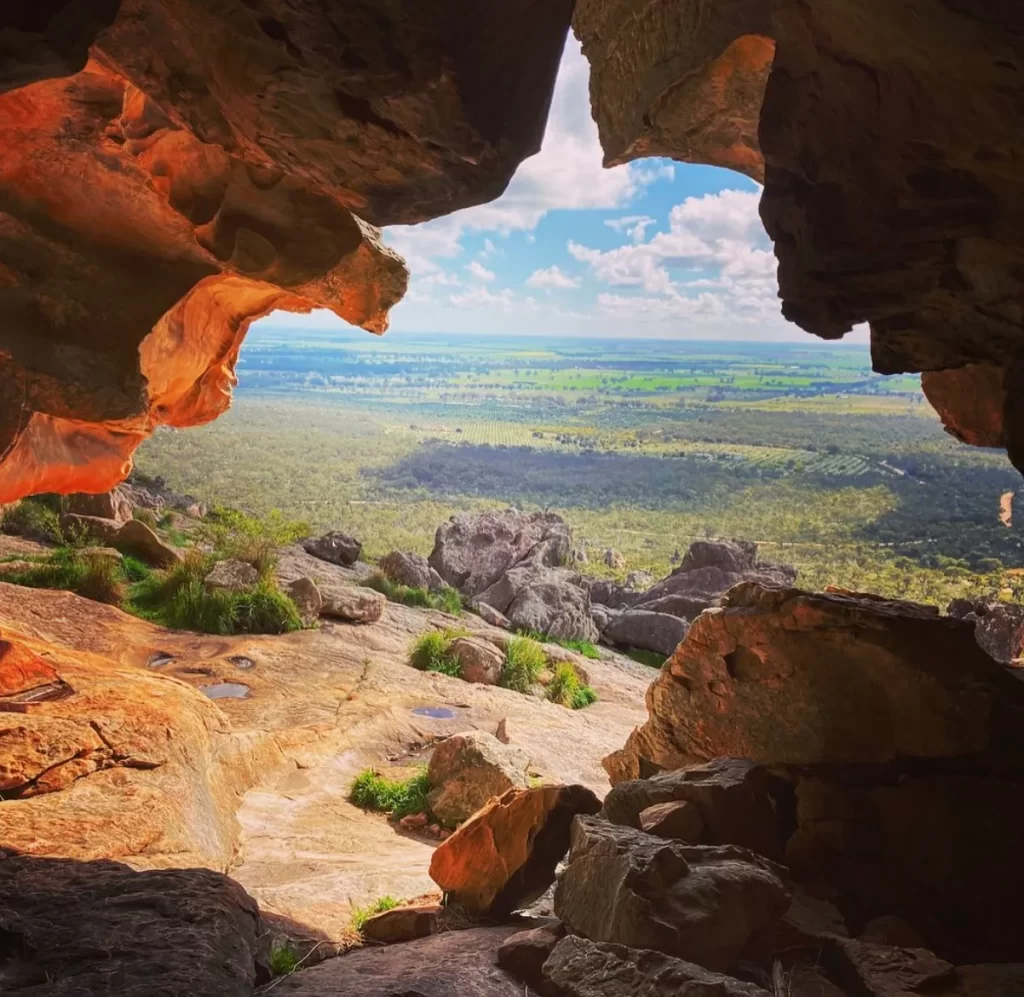
Hollow Mountain near Mount Zero is a favourite for those who love adventure. The rocky terrain is great for rock climbing and unique geological formations including hidden caves eroded by the elements. The views from the top are amazing with views of the volcanic plains and Aboriginal sites scattered throughout the area.
The Pinnacle and Surrounding Rock Formations
The Pinnacle is one of the most popular spots for visitors but the surrounding area has many caves and interesting rock formations. The walking track to this viewpoint winds through rocky escarpments and overhangs with great photo opportunities and insight into the geology of the area. The area also has 360 degree views of the Grampians mountain range.
Mount Rosea and Flat Rock
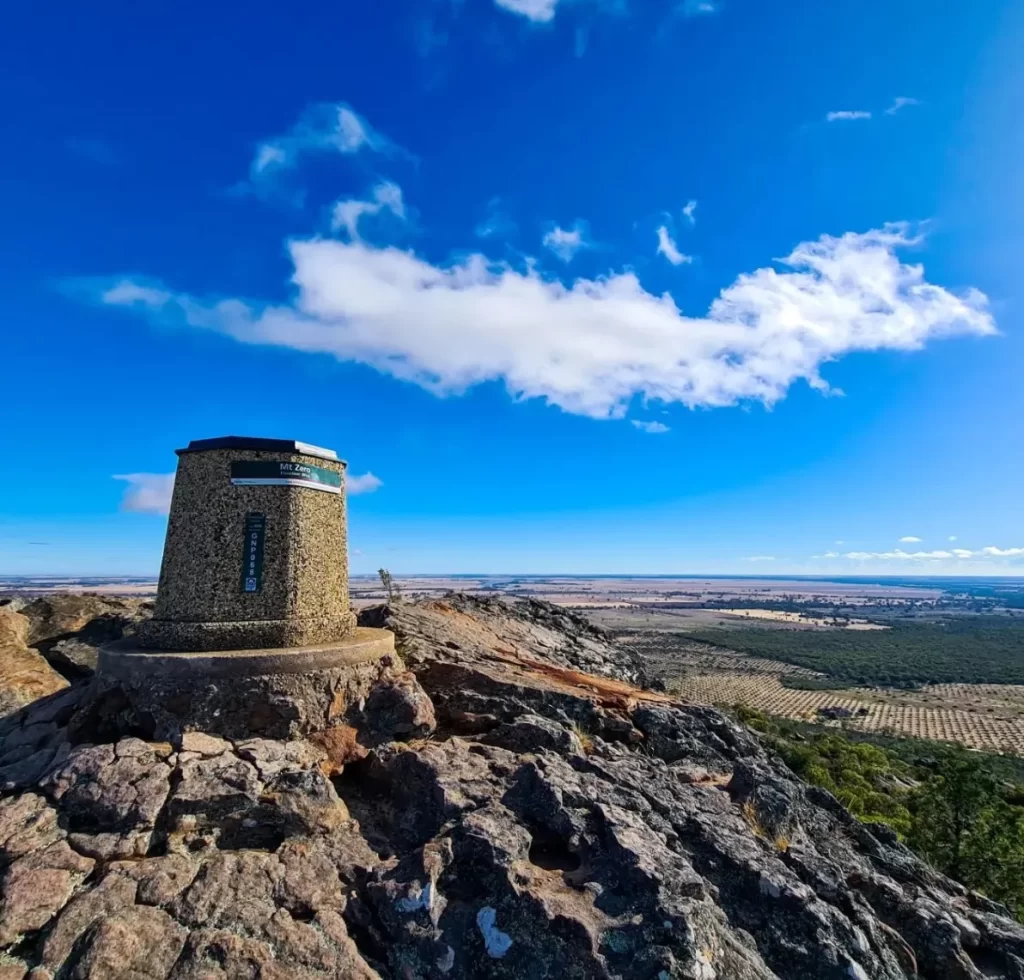
For those who love rock hopping and scrambling across rough country, Mount Rosea is a thrill. Flat Rock near Mount Zero Picnic Ground is known for its rocky terrain and hidden caves, which are great for those who want to get off the beaten track. Along the way, you’ll find seasonal rock pools and views of the Serra Range and Stony Creek.
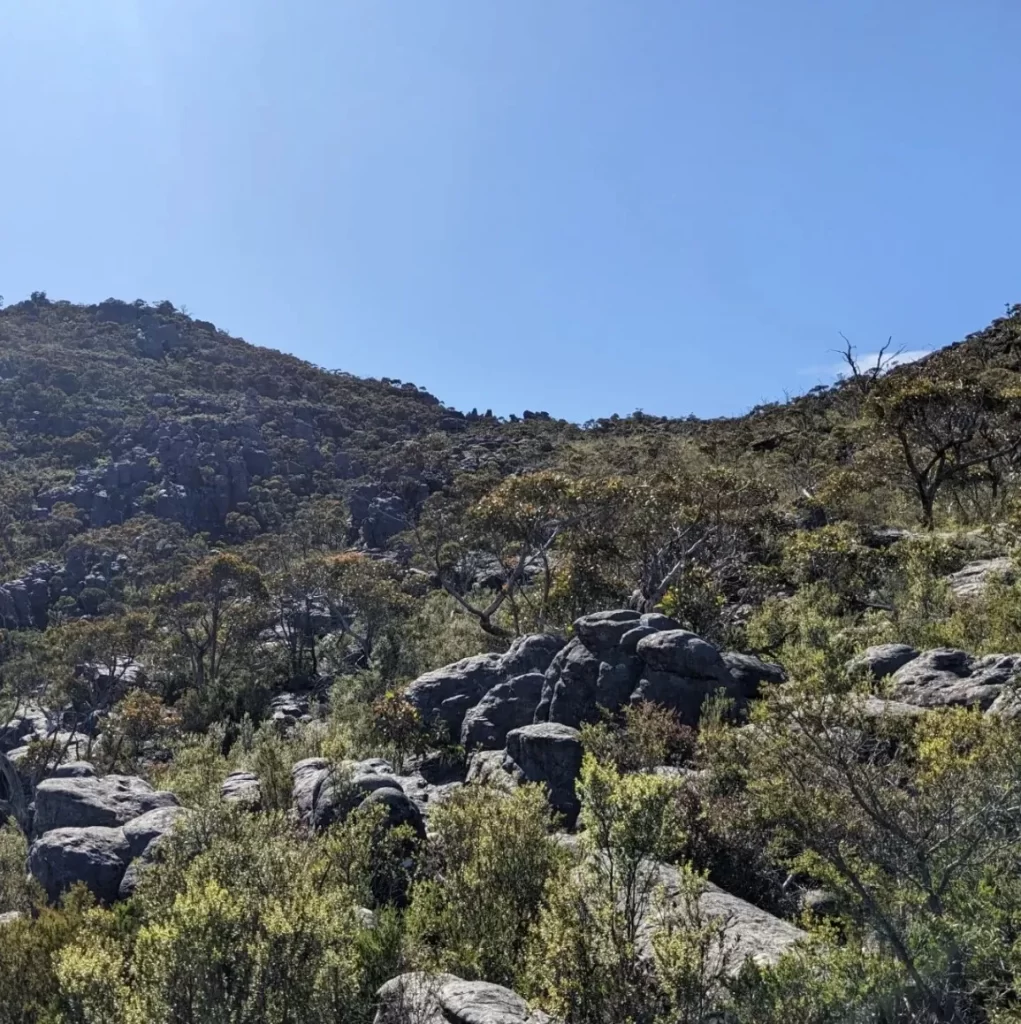
The Grampians National Park has a rich Aboriginal history with several significant rock art sites that connect you to the cultural landscape. Places like Ngamadjidj Shelter and Gulgurn Manja Shelter give you a glimpse into the traditional owners’ stories and are located in natural caves and shelters. These sites are sacred to the indigenous people and add another layer to your adventure.
Halls Gap and Signal Peak

Halls Gap is the entrance to the Grampians and is a great base to explore the area’s hidden caves and rocky escarpments. From Signal Peak you can see 360 degree views of the park including Mount William, Mount Abrupt and Mount Napier. The walking trails around Halls Gap lead to many of these hidden gems with a mix of easy and more challenging walks through native vegetation and Australian wildlife.
Best time to visit the Grampians
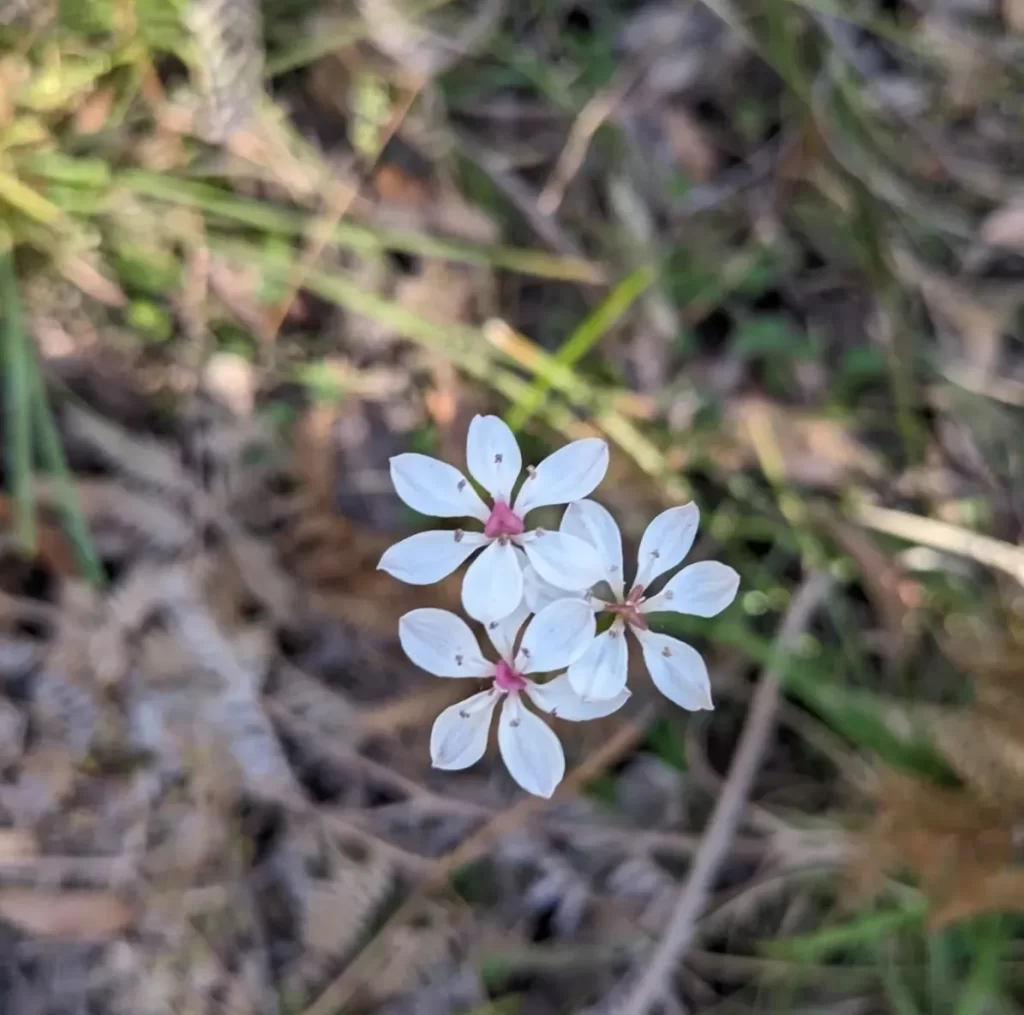
Spring is the best time to visit the Grampians National Park as the weather is mild and the wildlife is abundant. During this time, the park’s landscapes are in full bloom, and the hot springs and waterfalls are at their best. Avoid heavy rain periods, as some trails can be slippery.
Cave and Rock Formations Safety
Be careful on the steep trails and rocky ground when exploring the caves and rock formations. Wear the right shoes, bring an insulated lunch and be prepared for bad weather. If you’re travelling to more remote areas such as Summerday Valley or Black Range State Park, book guided Grampians tours and check the weather forecast for a safe journey.
FAQ
Where are the best secret caves in Grampians National Park?
The best secret caves are near Hollow Mountain, Flat Rock and The Pinnacle. These areas have caves and great views.
Are the caves in the Grampians suitable for rock climbing?
Yes, many caves and rock formations around Hollow Mountain and Mount Rosea are climbed by the rock climbing community but always bring the right gear and experience.
Can I visit the caves and rock formations in spring?
Spring is the best time to visit the Grampians National Park, which has cooler weather, vibrant landscapes, and plenty of Australian wildlife. Don’t hike after heavy rain, as some trails may be closed.
Are there any Aboriginal rock art sites near the caves?
Yes, there are several Aboriginal rock art sites near caves, Ngamadjidj Shelter and Gulgurn Manja Shelter. These cultural heritage sites give an insight into the Aboriginal people’s history and cultural landscape.
How hard are the walking trails to the caves?
Some trails, near Mount Stapylton and Signal Peak are steep and require a good level of fitness and others near Halls Gap and Mount Zero are easier and suitable for all levels of walkers.
